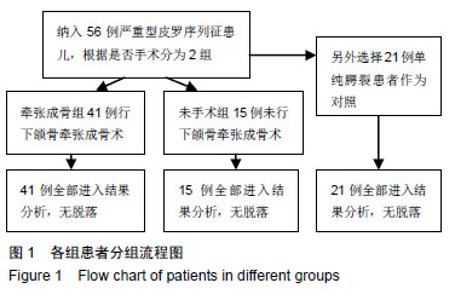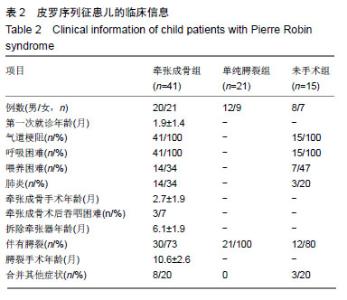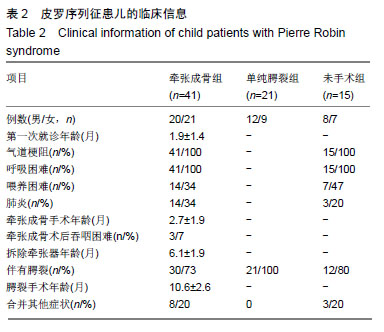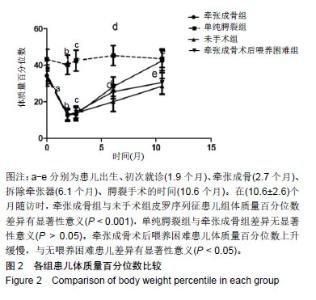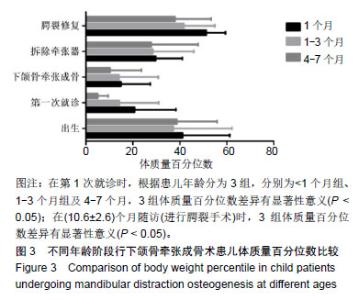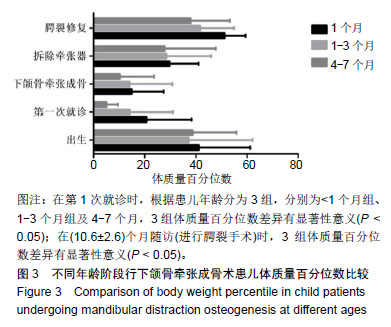Chinese Journal of Tissue Engineering Research ›› 2019, Vol. 23 ›› Issue (31): 4927-4931.doi: 10.3969/j.issn.2095-4344.1498
Previous Articles Next Articles
Body weight changes in children with Pierre Robin syndrome after distraction osteogenesis
Luo Dongyuan1, Zhou Niangou2, Chen Yiyang1, Wang Hongtao1, Li Fan1, Wu Wenli1, Liu Jiayu1, Hao Jiansuo1
- (1Guangzhou Women and Children’s Medical Center, Guangzhou 510000, Guangdong Province, China; 2Military Hospital of Army Group 74, Guangzhou 510310, Guangdong Province, China)
